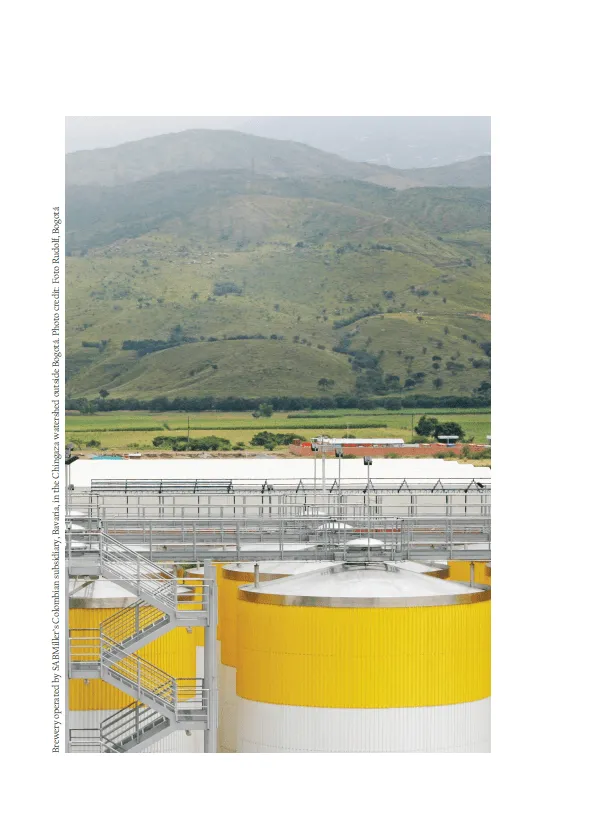Private sector investment in landscape approaches: the role of production standards and certification
Based on seven case studies, this chapter explores the motivations of companies pursuing landscape initiatives at the production level, and shares insights into the role of production standards and certification as a tool to implement ILM.
This chapter further explores the interplay between certification standards and landscape approaches, methods and barriers to increase uptake and adoption, and whether these initiatives are a means to mainstream ILM in business operations. Although we recognise the importance of identifying ILM examples in the mining and extractive industries, we found limited evidence of those and therefore focus on agribusinesses and forestry.
Highlights:
- Production standards and certification can serve as stepping stones to an integrated landscape management (ILM) approach, by enabling companies to evaluate environmental or social interventions beyond the farm or production unit scale
- Certification has limitations for ILM implementation, however, as most systems limit their scope to the property boundaries and criteria, assessment of management beyond the production unit can be difficult to document and comply with
- Private sector investment in landscape initiatives can be leveraged if they are designed for compatibility with public sector ones
- New innovations are exploring how certification can serve public-private partnerships, low-carbon development plans and jurisdictional certification schemes
